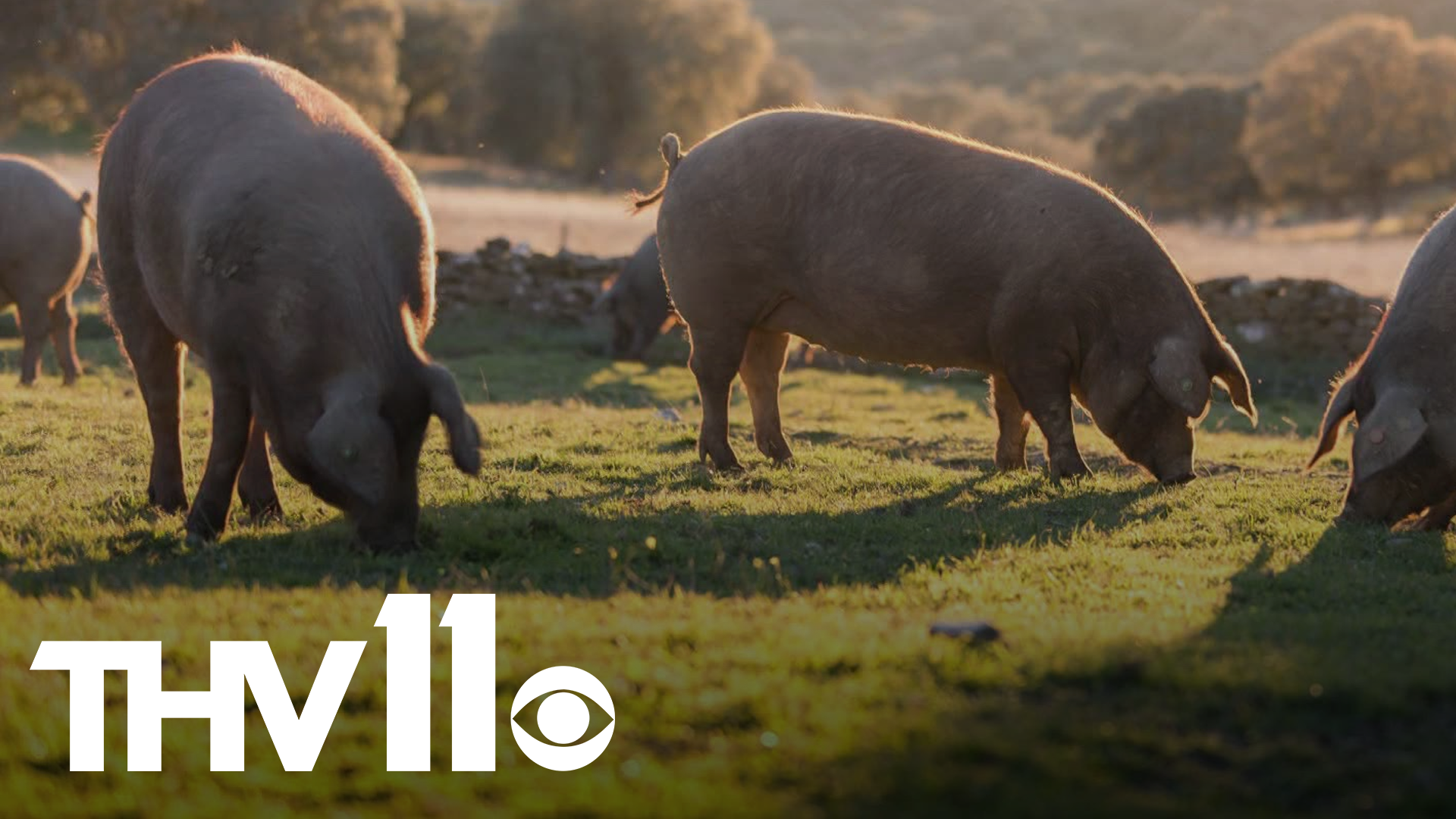LITTLE ROCK, Ark. — On Science Says, we’ve talked about how people have used cows or wholly caterpillars for weather prediction. There are other weird animal-related weather myths out there that you’ve probably never heard of before.
The height of a wasp, hornet, or bee nest has been used to determine whether it’ll be a snowy winter. There’s a weather lore rhyme that says, “See how high the hornet’s nest, ‘twill tell how high the snow will rest.” During the arrival of winter, most of these nests are already empty. The colony dies out with only the fertilized queens left hibernating, so it likely doesn’t matter how high the nests are off the ground if most already die off.
Crickets are also used to predict the weather, in this case, temperature. It’s been proven that when it’s warmer out crickets tend to chirp more. A formula is even used to convert cricket chirps into Fahrenheit.
Just count the number of chirps in 14 to 15 seconds and add 40 to get the temperature. Crickets are sensitive to certain temperatures, so it might not be as accurate though if it gets too hot or too cold.
One of the oddest animal-related methods used for weather forecasting has to be pig spleen forecasting. Pig spleen forecasting is a method mostly known in a small community in Saskatchewan Canada.
Gus Wickstrom learned this method from his father and passed the method within the family. Every six months a pig would be butchered and the spleen would be examined and divided into 6 sections, representing the following six months.
They look at the fat to determine things like temperature and precipitation, even specific dates and future weather events such as snowstorms. There’s a Facebook page that shares all the pig spleen predictions to the public, and it’s very popular locally.

